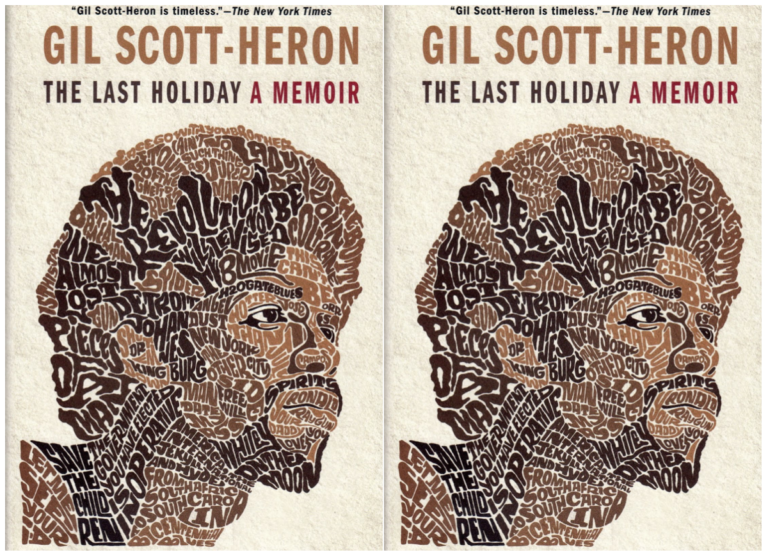Anthologies: Collectivization for the Poetry Masses

Like most writers who are willing to admit it, my favorite poetry anthologies are either ones I’m in or ones I wish I was in: From the Fishouse, Seriously Funny, and Gathering Ground come to mind first. In truth, I’d love the quality and scope of these anthologies even if I wasn’t included in them. Each of these anthologies fulfills my expectations of what an anthology should be: inclusive, unique, and relevant to the poetic discourse.
Good anthologies crisscross communities of writers by bringing together disparate work with unrelated aesthetics under the auspices of some governing idea whether it be subject, time period, geography, cultural affiliation, or other less concrete classification. Just as importantly, anthologies collectivize poems in a way that helps strengthen the individual works.
For example, Gathering Ground is an anthology comprised exclusively of work by Cave Canem fellows. So the reader already knows going in that he or she is up for some poetry of the African Diaspora. This expectation allows the reader to focus on the poetry itself, rather than the general subject or classification. In a way, anthologies serve to heighten the poem by contextualizing it within a like-minded dialogue.
So here are a few of my favorite anthologies, ones that I either teach from or return to frequently for my own poetic needs. I hope we can create a list of anthologies for those writers and teachers looking for something new. I omitted a couple of excellent compilations like Camille Dungy’s Black Nature and Nikky Finney’s the ringing ear because I’ve got too many friends (including the editors) in the pages to even pretend to be objective. I’m also leaving out The Best American Poetry series because it is an entirely different type of anthology.
Reversible Monuments, Mónica de la Torre and Michael Wiegers, eds. —This bilingual anthology of contemporary Mexican poetry has long been one of my favorites because of its ambition. There is a wide range of aesthetics and subjects at play, and it serves to highlight a portion of the very vibrant poetry community in Mexico. I discovered one of my favorite poems in its pages, Francisco Hernandez’s “On How Robert Schuman Was Defeated By Demons.” His poem is full of lines like “the scherzo of one tree rubbing against the other, the prestissimo / of your / condemned breathing” (299). Here is a link to an interesting video about Hernandez. It’s all in Spanish, but the rhythms of his poems make themselves known in any language: http://www.youtube.com/watch?v=XcozIkE8fWw
Perfect In Their Art: Poems on Boxing from Homer to Ali, Robert Hedin and Michael George Waters, eds.—Because of its violent premise, boxing is a sport that civilians generally distain or love—very few are ambivalent to it. However, as Bud Schulberg points out in the introduction, there are a gang of poems written about the fistic science. At its best, boxing celebrates a combination of athleticism and determination, with some survival thrown in. This anthology addresses both the brutality and the gorgeousness that is boxing. The narrator of Alan Dugan’s “On Hurricane Jackson” says it most clearly:
but someone else, his perfect youth,
laureled in newsprint and dollar bills,
triumphs forever on the great white way
to the statistical Sparta of the Champs (58).
The New Young American Poets: An Anthology, Kevin Prufer, ed.—Published way back in 2000, Kevin Prufer’s wonderful anthology holds up nicely ten years later. It includes a culturally and geographically diverse group of poets in the beginning stages of their careers. Equally telling is the fact that most of the poets Prufer selected for this anthology have continued to publish imaginative and excellent verse. I was turned on to Karen Volkmann, Thomas Sayers Ellis, and Campbell McGrath via this anthology back in the day. I’m better for knowing their work.
The Making of a Sonnet: A Norton Anthology, Eavan Boland and Edward Hirsch, eds. —I’m generally disinterested in Norton anthologies because they are often so extensive that they become unwieldy or are so slanted by the editor’s aesthetics that they become paginated ax-grinds. But this anthology of sonnets complied by Boland and Hirsch is wonderfully cohesive and inclusive. It is organized in chronological sections from the 16th century to now. The section, “Sonnets from Around the World” is particularly enjoyable. You have to love sonnets if you love poetry, right?
This is Weston’s third post for Get Behind the Plough.


